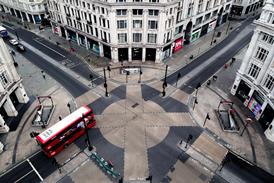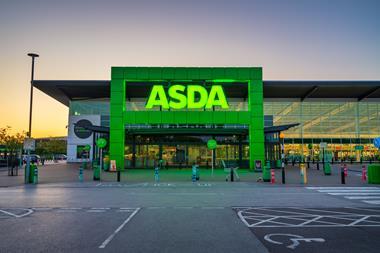The revelation of Niall Trafford’s departure comes as M&S faces intense criticism over corporate governance and the decision to appoint Sir Stuart Rose as chairman, while he retains his chief executive position.
An M&S spokeswoman said there would be no change of direction with its store revamp programme, which is close to completion. She stressed that the retailer would focus on larger stores in its refurbishment programme this year, “because that’s where we take our money”.
Trafford, who has been at the heart of the retailer’s store modernisation programme, has been involved closely with the transformation of its estate since 2004.
M&S has been working with design consultancy Fitch, which it employs on a monthly retainer, to create a store of the future – the first evidence of which will be seen at the Westfield London development in White City, which is due to open this autumn. It is understood that this has involved a 70:30 approach, where it retains 70 per cent of what is in use elsewhere and reinvents 30 per cent.
Other changes affecting the design function included Richard Gillies, who was M&S director of store design, development and procurement, as well as Trafford’s boss, becoming director of the retailer’s high-profile Plan A eco programme.
Gillies’ former role has been split between Clem Constantine and Nayna McIntosh. In the reshuffle, Constantine has become director of property and store development and McIntosh has taken the role of director of store marketing and design.
Last week, M&S’s announcement that Rose would become chairman in June caused outcry from some shareholders over its corporate governance strategy.
M&S’s second largest shareholder, Legal & General, criticised Rose’s dual role, while this week the Association of British Insurers signalled it could oppose any pay-off to outgoing chairman Lord Burns.






















![Ollie Pryor[46]](https://d53bpfpeyyyn7.cloudfront.net/Pictures/380x253/1/7/1/3119171_olliepryor46_336332_crop.jpg)




No comments yet